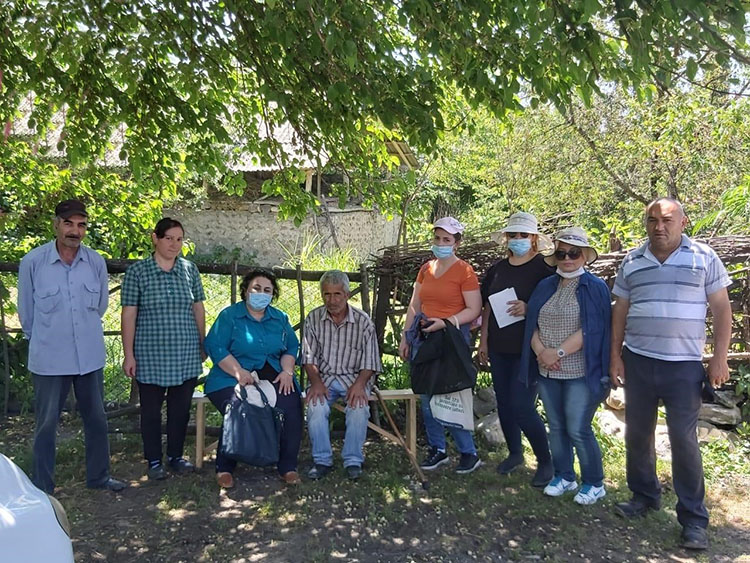
Most of the higher plants growing in Azerbaijan are medicinal, food and fodder, and are also important from an economic point of view, and therefore they are used to meet the basic needs of people.
Since the mid-twentieth century, the number of factors negatively affecting the environment has increased, human activity has led to degradation of the vegetation cover in some areas, many plant species have died or their numbers have sharply decreased. Employees of the Ethnobotany Laboratory of the ANAS Botany Institute periodically organize expeditions to various regions of Azerbaijan and conduct monitoring. Along with studying the diversity of the vegetation cover, they also collect information on what use these plants find among the local population.
In June-July of the current year, the head of the Ethnobotany laboratory, professor Sayyara Ibadullaeva, researchers - Gulnara Shiraliyeva, PhD in Biology Nuri Movsumova, PhD in Biology, Naila Asgarova and Hasrat Mammadova carried out monitoring in Zagatala, Gakh, Sheki districts of Greater Caucasus, and in Dashkesan, Gedebey, Goygol areas - along the routes of the Lesser Caucasus.
The main purpose of the monitoring was to study individual systematic groups of plants that were subjected to anthropogenic influence in the regions, and to identify their bioecological characteristics, as well as assess the state of the vegetation cover.
At the same time, trainings were held for the local population, which emphasized the need to comply with the relevant rules when collecting plants. During the monitoring, the raw stock of some useful plants was collected, they were dried and prepared to study their composition in the laboratory. Extensive herbarium material (about 500 units) was also collected, which is planned to be identified and deposited at the Institute's Herbarium Fund.